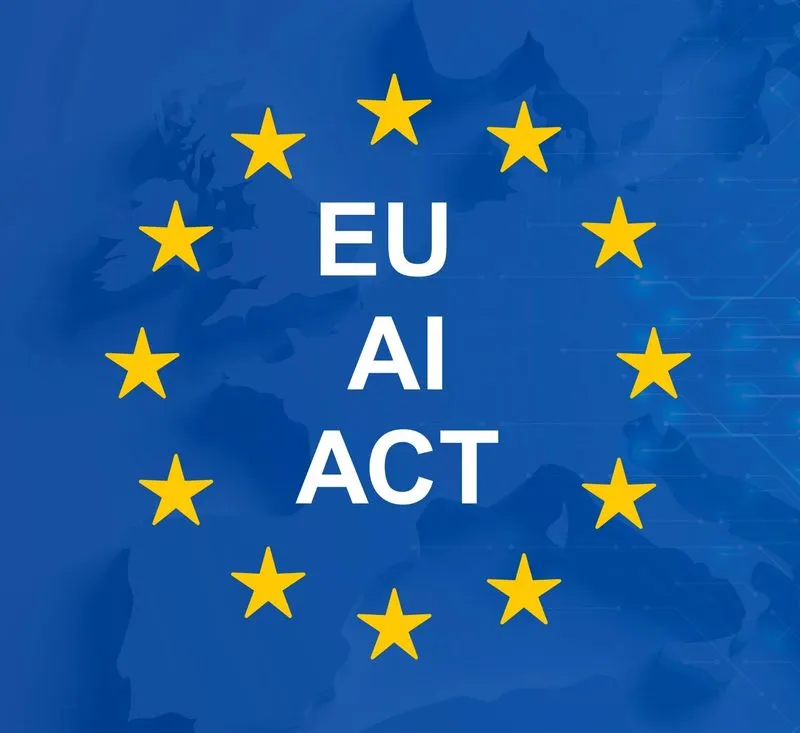D
Y
V
I
R
O
N
Complete compliance
Trusted validation
Audit-ready from day one
Complex Solutions
End-to-end support for meeting regulatory requirements, validating critical systems, and ensuring product quality. Designed for companies operating in fast-moving, high-compliance sectors where precision and trust are essential.

Compliance
Solutions built for regulated environments, focused on quality, precision, and audit readiness across fast-moving and high-trust industries.

Validation & QA
Independent and objective assessment of software quality, reliability, and lifecycle compliance in high-demand operational environemnts and auditability.

Industries
Tailored approaches for complex domains— where regulatory depth and domain expertise are essential — driving accuracy, safety, and trust.

Who It’s For
Teams delivering mission-critical products in high-trust markets. Typical stakeholders include founders, CTOs, product owners, QA and compliance leads seeking regulatory alignment, validation testing, and audit-ready documentation across EU and US markets.
We provide :
Scope of requirements, roles & evidence across the release cycle
Executive-ready risk & readiness summaries
Lean, review-friendly documentation
Requirements → Test → Evidence Traceability
Automation strategy & coverage for critical flows
Market-entry & scale-up roadmaps across regions
Regulatory Readiness
Structured approach to align software and operations with regulatory expectations. Focus on audit-ready documentation, risk reduction, and clear accountability across the lifecycle
Governance & Documentation
Requirements mapped to policies, SOPs, and records.
Controls & Monitoring
Risk-based controls embedded in delivery and operations.


Validation & QA
Independent verification of software quality from design to release. Risk-based testing covers functionality, performance, and reliability with clear coverage metrics and audit-ready evidence.
Verification & Evidence
Verification against defined use, with documented protocols and evidence packs.
Quality Management
Test strategy, coverage metrics, CI/CD gates, and clean defect flow.
Specialized Industries
Domain-focused solutions for regulated, high-trust environments supporting regulatory readiness, validation, and quality at scale.
Healthcare
Clinical workflow fit, data integrity, accessibility checks, and release controls.
Pharma
Risk-based validation, e-records, change control, and full traceability.
AI
Model governance with bias testing, and monitored traceability.

Insights
Industry perspectives and how-to guides covering regulatory alignment, lifecycle validation, and quality metrics.
The EU AI Act: What Tech Companies Really Need to Know Now

The Hidden Cost of Non-Compliance
The General-Purpose AI Code of Practice
Scale in Regulated Markets with Confidence
Align product, documentation, and operations with clear, actionable steps.

